Mountain Review: Kicking Horse
MOUNTAIN SCORE
CATEGORY BREAKDOWN
See our criteria9
Snow:
8
Resiliency:
6
Size:
7
Terrain Diversity:
10
Challenge:
3
Lifts:
6
Crowd Flow:
4
Facilities:
7
Navigation:
10
Mountain Aesthetic:
GOOD TO KNOW
1-Day Ticket: $98-$110 USD ($128-$144 CAD)
Pass Affiliation: Epic Pass (full pass only)
On-site Lodging: Yes
Aprés-ski: Limited
Nearest Cities: Calgary (3 hrs), Kelowna (4 hrs)
Recommended Ability Level:
+ Pros
Snow quality and preservation
Incredible expert terrain
World-class mountain aesthetic
Long vertical drop
Value
– Cons
Poorly-designed lift network
Lackluster beginner and intermediate terrain
Modestly-sized lift-serviced footprint
Incredibly long laps required to ski or ride key terrain
Much more difficult to reach than other destinations
MOUNTAIN STATS
Lifts: 6
Trails: 125
Beginner: 20%
Intermediate: 20%
Advanced/Expert: 60%
RECENT ARTICLES
VIDEO
Mountain Review
Looking for one of the most remote ski vacations you can find in North America? Enter Kicking Horse, a majestic off-the-beaten path ski resort hidden amidst the mountains of Canada’s famed Powder Highway. Kicking Horse is more than three hours from the nearest international airport, but it stands out with some of the most iconic in-bounds ski terrain anywhere in the world.
So is Kicking Horse worth the effort of getting there? Let’s take a look.
Snow Quality
The Canadian Powder Highway is known for powder, and Kicking Horse easily delivers. While it doesn’t receive the highest accumulation totals in North America, low visitation and consistently cold temperatures allow Kicking Horse to preserve fresh snow for days or even weeks. Bad conditions in upper-mountain areas are quite rare, although lower elevations can become icy after a few days with no new snow.
Kicking Horse boasts high-quality snow that takes awhile to get tracked out.
Cold Spells
The biggest risk to a Kicking Horse trip is arguably a cold spell. A few times a year, the resort sees incredible temperature drops, with frigid temperatures as low as -40°F (-40°C). In the coldest conditions, the resort can shut down the gondola, effectively cutting off access to the mountain entirely.
Expert Terrain
Kicking Horse is an expert’s paradise. Some of the most intense in-bounds terrain in North America can be found in-bounds, with chutes, cliffs, and couloirs that are directly lift accessible. Kicking Horse boasts five tenuous ridges, and the most extraordinary runs exist off these cirques. Those who are not familiar with the ski resort should not mess around with Kicking Horse’s double-black terrain—runs can quickly cliff out or require mandatory straightlining with little to no notice.
Kicking Horse is home to some of the most extreme in-bounds ski terrain in North America.
Single-Black Advanced Terrain
Kicking Horse’s single-blacks are quite tough for the rating, with pitches that are much more similar to expert slopes at competing mountains. While “advanced”-level runs don’t require mandatory straightlining or cliff drops, they maintain other obstacles typical to expert-level runs. Those who aren’t tenured experts should probably start with a blue run before moving onto any of Kicking Horse’s advanced terrain.
Size and Terrain Layout
At just over 1,500 skiable acres, Kicking Horse isn’t the biggest destination in the Canadian Rockies. That being said, the resort boasts a commendable 3,500-foot lift-served vertical drop (the drop increases to over 4,300’ when hike-to terrain is considered) and manages to offer some flavor of everything across its footprint.
Kicking Horse is chiefly known for its bowls, but it has some incredible tree terrain as well. Upper-mountain areas have wider glades, while mid- and lower-mountain zones comprise thick—but still fully skiable—trees. Lower-mountain areas are chiefly made up of tree-defined trails. For non-hikers, Kicking Horse’s woods are the best place to find hidden powder stashes.
TRAIL MAP
Mountain Aesthetic
Kicking Horse’s backdrop looks like it’s straight out of a movie. Some of the most beautiful peaks in Canada are visible from every part of the resort. And this includes those within Kicking Horse itself—the peaks that comprise the ski area are truly breathtaking. Some may find the vista from the top of Kicking Horse to be the most beautiful they’ll ever see at a ski resort.
Kicking Horse is home to some of the most stunning ski resort vistas in North America.
Lifts
Kicking Horse visitors will be seeing the resort’s stunning summit vista frequently thanks to one of the strangest lift set ups of any resort we’ve been to. The overwhelming majority of lift-serviced terrain is serviced by a singular gondola, the Golden Eagle Express, which spans from the bottom to the top of the resort. None of the upper-mountain terrain directly served by the gondola is accessible from any other lift. This means that in the bulk of cases, taking a run at Kicking Horse means venturing down the resort’s entire vertical drop. There are a few lifts that only serve part of the mountain, including the Stairway to Heaven chair which serves some very solid upper-mountain terrain, but all of them are slow, fixed grip chairs that mandate approximately 10-minute lift rides.
Run Length
Kicking Horse’s dependence on the lengthy gondola has profound implications for the resort’s overall experience. Runs are incredibly long, which will considerably wear down guests, even experts, as the day goes on. While there are some groomers, a substantial portion of terrain remains ungroomed—often continuously from top-to-bottom. As far as ski resorts go, it’s hard to find a more intense leg day than at Kicking Horse. It’s not out of the ordinary for guests to take only a handful of laps and then call it a day.
RECOMMENDED SKIS FOR KICKING HORSE
NOTE: We may receive a small affiliate commission if you click on the below links. All products listed below are unisex.
Recommended intermediate ski
Recommended advanced ski
Recommended glade ski
Recommended powder ski
Crowd Flow
Kicking Horse’s lack of upper-mountain lift redundancies makes the gondola a huge chokepoint. Despite the resort’s extremely remote location, gondola lift lines swell to considerable lengths during peak times, with nearly everyone at the resort spending most of their day lapping this workhorse lift. If it’s a busy day, the mid-mountain Stairway to Heaven chair is the place to escape the lines and still hit interesting terrain; a little more than half of its lift-serviced terrain is directly lappable.
The majority of Kicking Horse’s terrain is served by the 3,518-vertical-foot Golden Eagle Express gondola, making for some profoundly lengthy laps.
Gondola Benefits
Despite its drawbacks, Kicking Horse’s gondola setup does have some tangible benefits. The cabins are excellent shields from the cold, especially on days with extremely frigid temperatures. On top of that, the resort’s runs are so long that it isn’t a huge inconvenience to take off your equipment every time you get on.
Hike-To Terrain
Approximately a quarter of Kicking Horse’s terrain is not directly lift-serviced, requiring hikes of varying lengths to reach. This hike-to terrain is an absolutely integral part of the Kicking Horse experience, with all high-alpine terrain off three of Kicking Horse’s five peaks—Terminator 1, Terminator 2, and Ozone—requiring bootpacking to reach.
These hikes service extremely tenuous expert terrain and a handful of single-black bowls. Terminator 2 is by far the longest hike away—taking about 45 minutes to reach from the gondola—but untouched powder there takes weeks to get tracked out. The Ozone-accessed Rudi’s Bowl, which hardly gets tracked due to a concealed entrance, probably offers the best combination of snow quality and hike time at the resort.
Kicking Horse’s hike-to terrain is an integral part of the resort experience.
Beginner and Intermediate Terrain
Despite incredible terrain for experienced guests, beginner and intermediate visitors will quickly grow tired of Kicking Horse—and not just because of the tenuously long runs.
The only section of the upper mountain that features direct access to green and blue runs is the Crystal Bowl. There are technically three lower-level runs down this area—one green and two blues—but they’re all part of the same bowl and feel similar, making for an especially repetitive experience for guests of lower abilities. The Bowl Over is home to an intermediate runout, but getting there involves a journey down at least one black trail. That being said, some of these blacks are short and can be a good place for advanced-intermediates to test the waters on their abilities.
Greens and blues become more widespread in the lower mountain, but the painfully slow lifts that directly service them are not desirable to ride.
Kicking Horse’s beginner and intermediate terrain is limited and mostly contained in lower-mountain areas.
Ease of Navigation
Given Kicking Horse’s layout, it’s not too terrible to get around. On-piste signage is clear, and essentially all trails funnel back to the same base. But once you leave the defined trails, signage all but completely disappears. It’s tough to figure out the locations of the chutes off the ridges without consulting a local first.
RECOMMENDED SNOWBOARDS FOR KICKING HORSE
NOTE: We may receive a small affiliate commission if you click on the below links. All products listed below are unisex.
Recommended intermediate board
Recommended advanced board
Recommended expert board
Recommended powder board
On-Mountain Facilities
Kicking Horse’s on-mountain facilities aren’t anything too special, but they are pretty decent compared to some nearby competitors that significantly lack in this regard.
The Eagle’s Eye Restaurant, just off the top of the gondola, offers indoor seating with astounding views. However, its small size means seating is hard to come by during peak times. The only other mid-mountain facility is the Heaven’s Door Yurt Café—this small hut at the bottom of the Stairway to Heaven lift offers outdoor seating and provides a stopping point for guests not looking to journey all the way to the bottom to catch a breather.
Kicking Horse’s Eagle’s Eye summit restaurant boasts stunning views, but peak-time seating is limited.
Getting There
Kicking Horse is incredibly remote, and getting there is a commitment, especially for those coming from the United States. With no traffic, the nearest international airport is three hours away in Calgary; however, direct flights from outside of Canada are both somewhat limited and pricey. The somewhat smaller city of Kelowna is also four hours away, but international flights are even more limited.
All of the highways into Kicking Horse involve sections that are quite mountainous and narrow, and roads are subject to frequent winter closures. Those not looking to drive can book a private shuttle from the Calgary airport, but these chartered rides are incredibly expensive. If ease of access is a top priority, Kicking Horse is not the best choice.
Kicking Horse is incredibly remote, sitting about three hours from Calgary and four hours from Kelowna.
Lodging
Kicking Horse offers a number of ski-in/ski-out accommodations, ranging from upscale hotels to luxury condos. Most of these options boast amenities such as pools or hot tubs. For those looking for economical quarters, the nearby town of Golden—approximately a 15-minute drive away—boasts bargain-basement but very cheap inns and motels. If you’re not staying on site, free parking is readily available, and even the overflow lots are reasonably convenient. If you want to bring an RV or camper van, Kicking Horse allows overnight access in some of these lots. There’s also a shuttle between Golden and the resort, and tickets are $5 CAD per way.
Aprés-ski
Kicking Horse features a small village, but the aprés experience is limited compared to other destinations. The resort base hosts a bar with social happy hour vibes, and live music is a regular occurrence on weekends. The nearby town of Golden also features a few sit-down bars and restaurants, but those looking for true late-night outings won’t find them here.
Kicking Horse boasts ski-in/ski-out lodging at the base of the resort and along some lower-mountain slopes, but aprés-ski options are limited compared to some other destinations.
Verdict
So Kicking Horse makes very little sense for beginners and intermediates, those who want to moderate the length of their on-mountain laps, and guests looking for the biggest lift-serviced footprint. But the resort exemplifies the best natural traits of the Canadian Rockies, including world-class expert terrain, mind-blowing backdrops, and excellent snow preservation in key areas.
Pricing
Kicking Horse’s lift ticket rates are quite reasonable for the quality of slopes it provides, with 1-day adult rates topping out at just $159 CAD ($119 USD), which is substantially lower than most U.S. competitors. For tenured skiers and riders who can get behind the Kicking Horse program of fewer but more substantial laps, the resort is more than worth it.









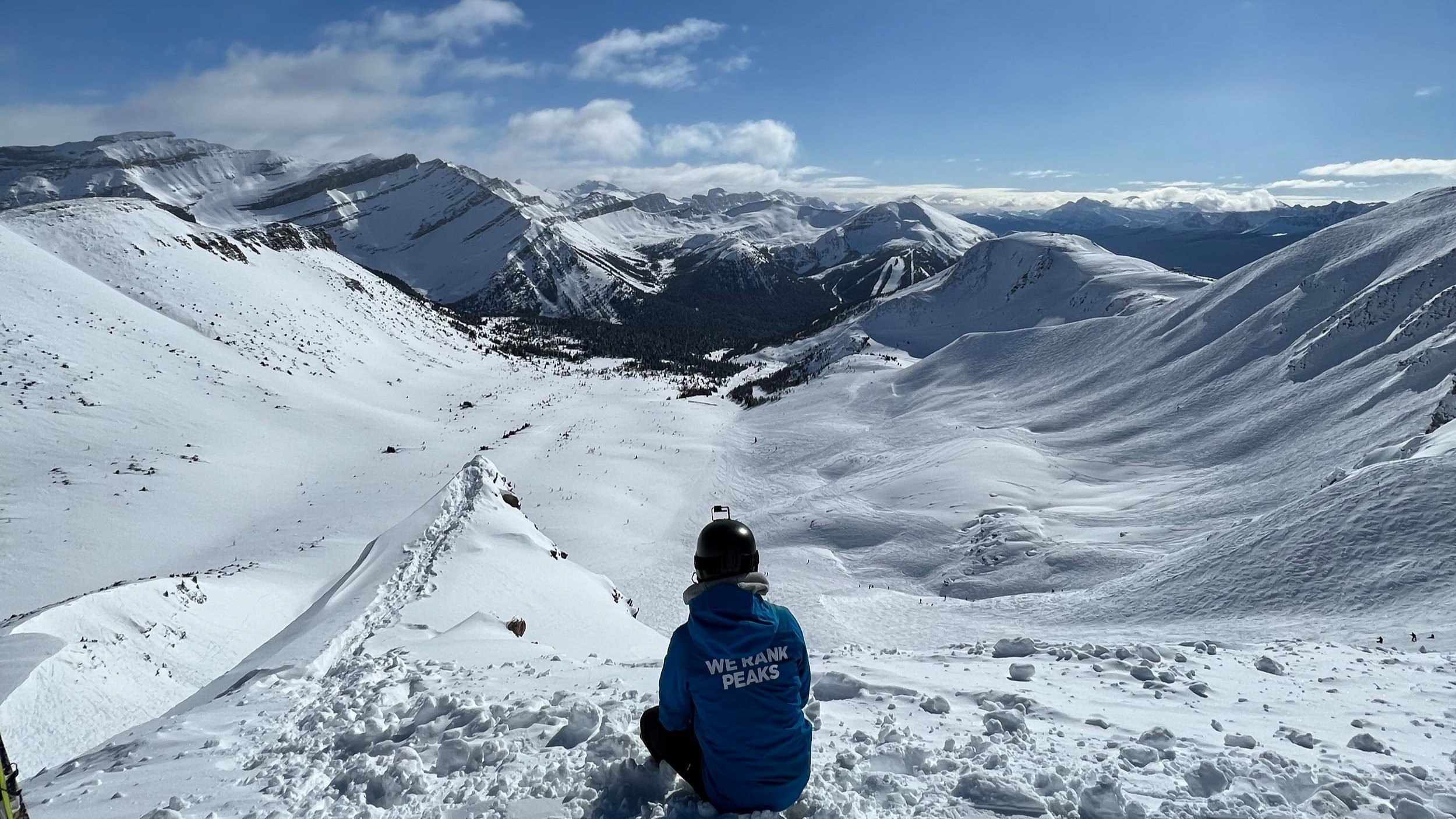

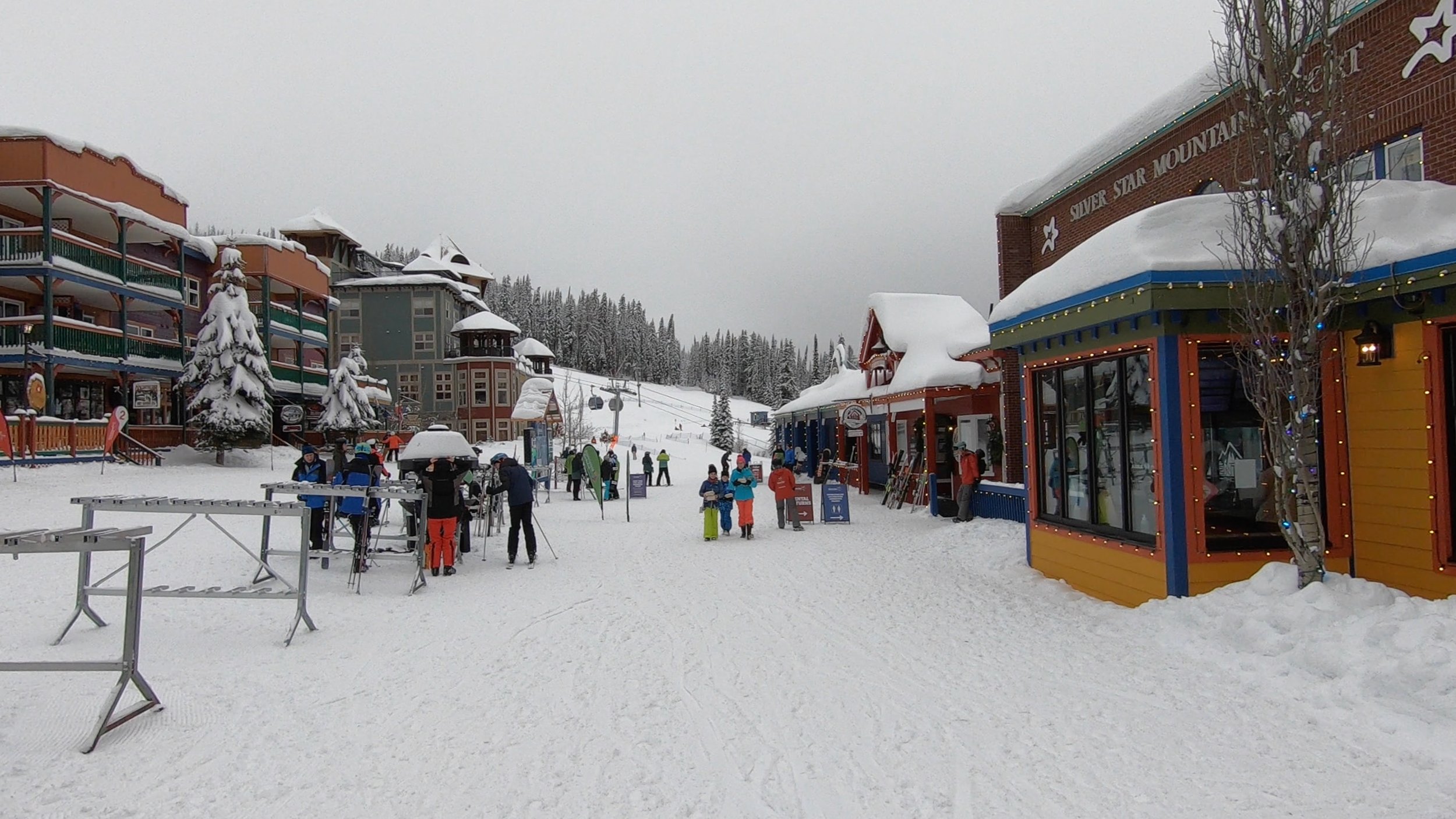


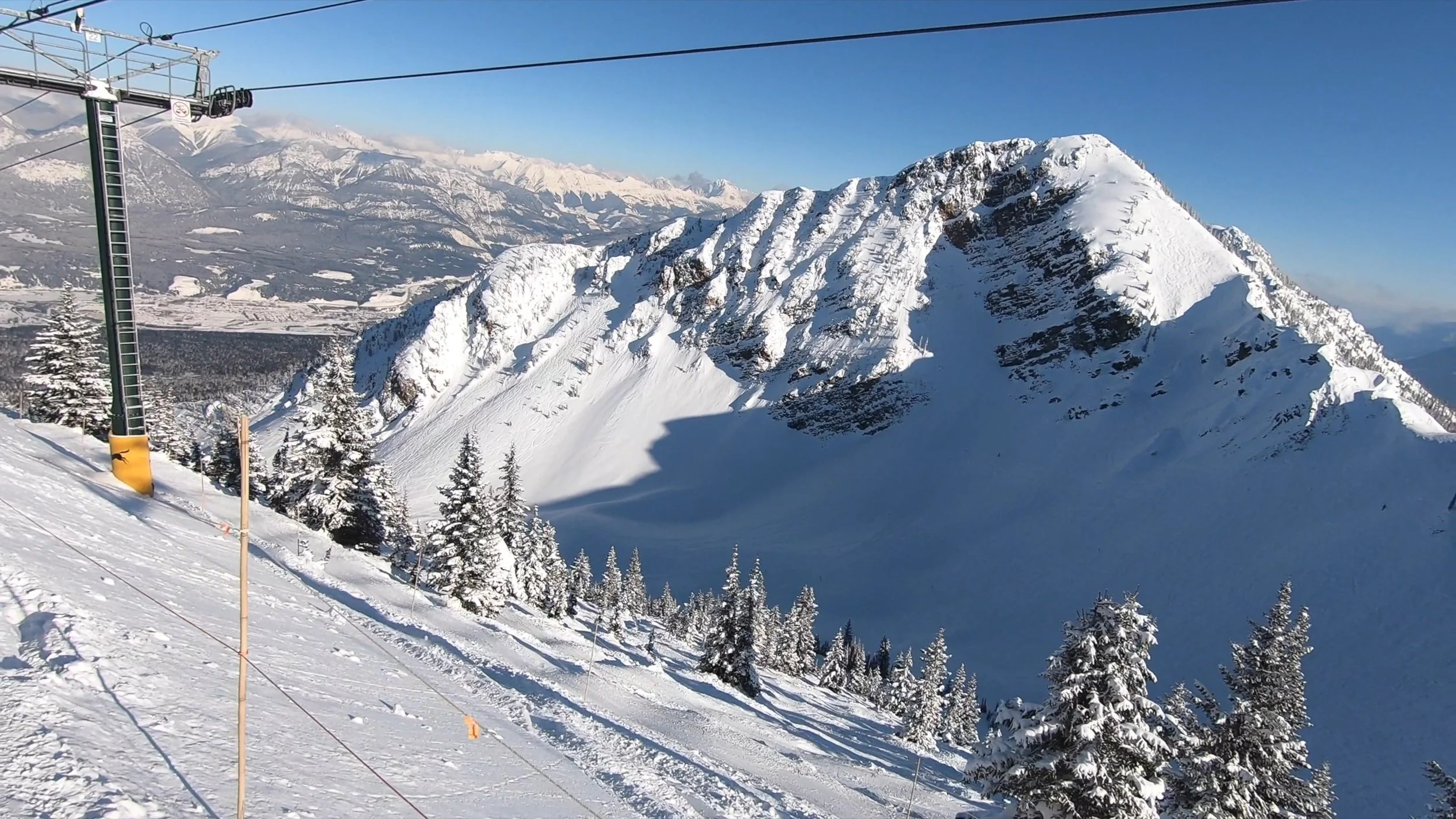








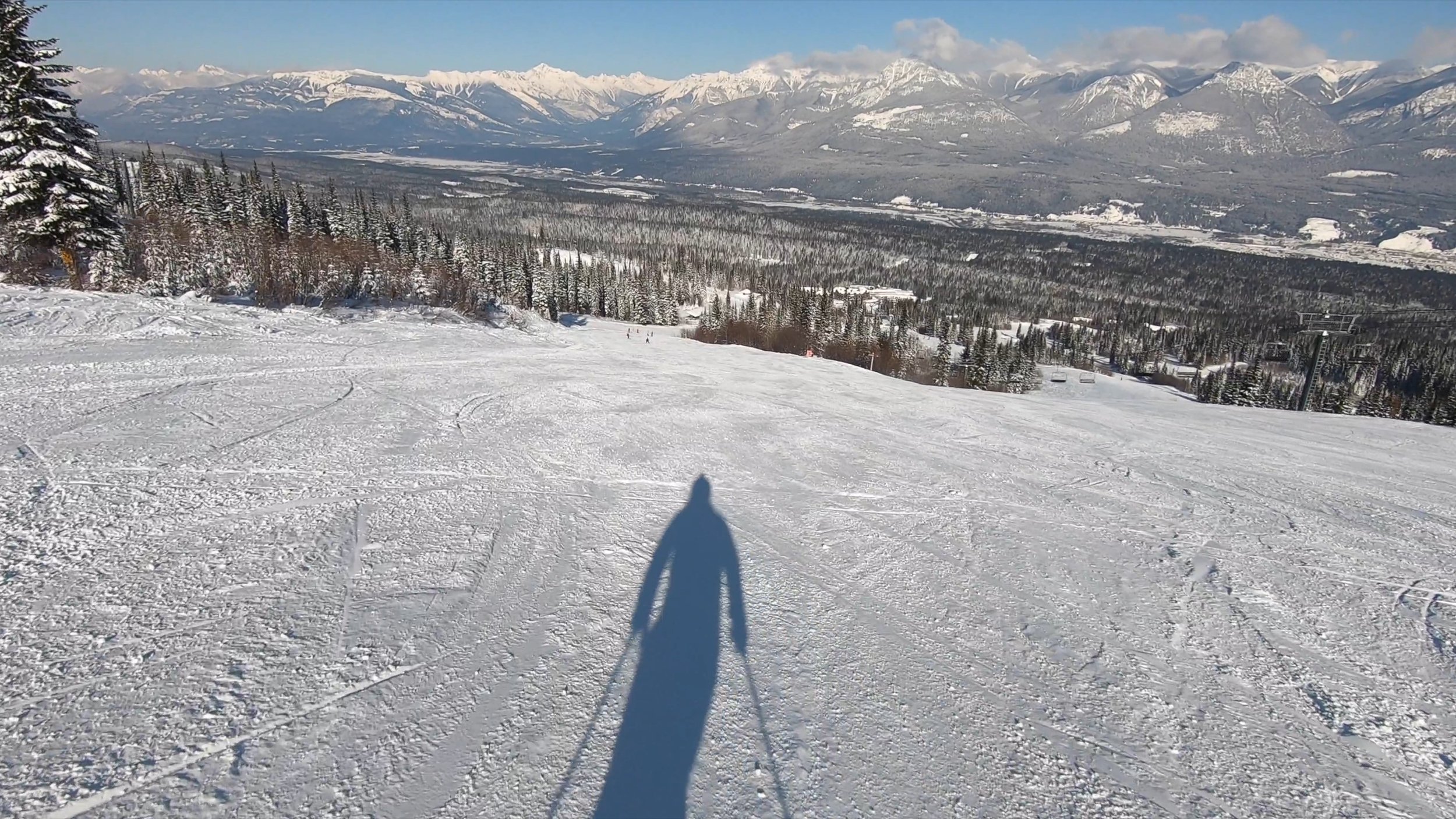





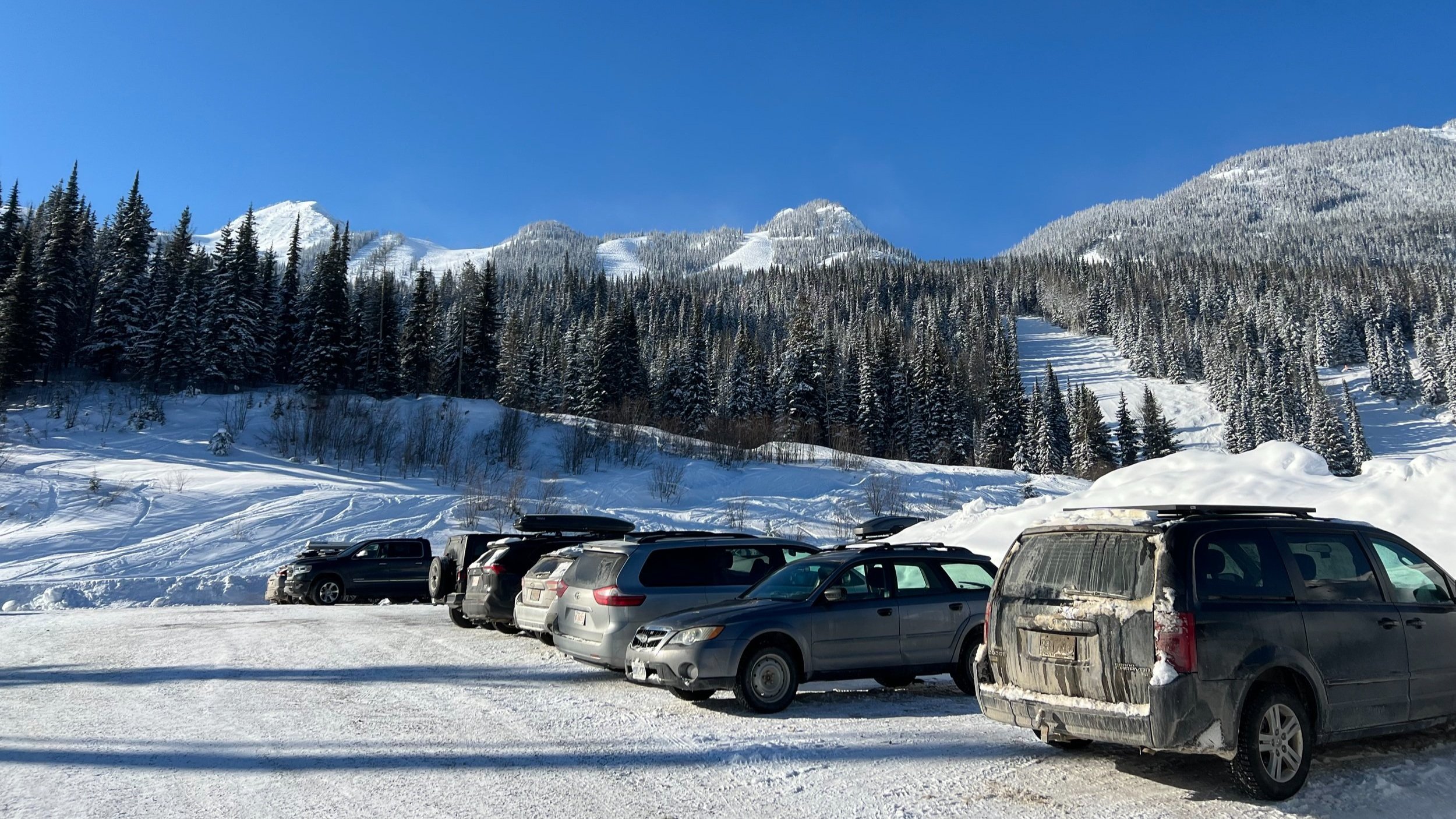

While lift accidents have historically been rare and isolated events, this season has seen several incidents make national headlines. And these failures haven’t been restricted to just one lift type, one company, or even one country.